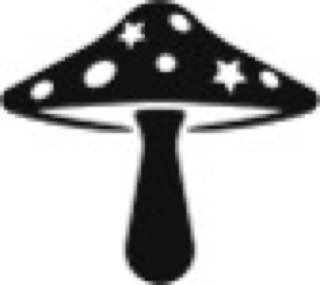Style
Alice in wonderland mushrooms
Introduction to the Role of Mushrooms in Alice’s Journey
In Lewis Carroll’s timeless classic, Alice’s Adventures in Wonderland, mushrooms play a pivotal role in shaping Alice’s fantastical journey. The most notable mushroom is the one that Alice encounters while conversing with the enigmatic Caterpillar. This mushroom possesses magical properties that allow Alice to alter her size, which serves as a metaphor for her exploration of identity and self-discovery throughout her adventures.
The Symbolism of the Mushroom
The mushroom symbolizes transformation and growth, reflecting the broader themes of change that permeate the narrative. When Alice consumes a piece of the mushroom, she can grow taller or shrink smaller, representing her fluctuating sense of self as she navigates through Wonderland’s bizarre landscape. This ability to change size mirrors the challenges many face during adolescence and personal development—an essential aspect of growing up.
Connection to Real-Life Fungi: Amanita Muscaria
The specific mushroom depicted in Alice’s Adventures in Wonderland is often associated with the real-life Amanita muscaria, commonly known as the fly agaric. This striking mushroom is characterized by its bright red cap adorned with white spots, making it one of the most recognizable fungi globally. Historically, this mushroom has been linked to various cultural practices and folklore, including its use as a hallucinogen by Siberian shamans.
The fly agaric contains psychoactive compounds such as ibotenic acid and muscimol, which can induce altered states of consciousness. While Carroll did not explicitly state that his inspiration came from hallucinogenic experiences, many scholars have drawn parallels between Alice’s surreal experiences and those reported by individuals who consume psychoactive substances.
Mushrooms as Catalysts for Self-Discovery
Throughout her journey, Alice grapples with complex emotions and situations that challenge her understanding of reality. The act of consuming the mushroom becomes a catalyst for self-discovery; it allows her to confront her fears and insecurities while exploring new dimensions of her identity. Each transformation she undergoes serves as an opportunity for reflection on who she is and who she wishes to become.
Cultural Significance and Folklore
Mushrooms have long been embedded in folklore and mythology across various cultures. In Victorian England, where Carroll wrote his story, mushrooms were often associated with fairies and magical realms. The imagery surrounding mushrooms frequently evokes themes of enchantment and otherworldliness—qualities that resonate deeply within Alice’s Adventures in Wonderland.
Moreover, some theories suggest that mushrooms may have influenced Christmas traditions through their association with Santa Claus and gift-giving practices among Siberian shamans who used fly agaric mushrooms during winter festivities. This connection further emphasizes how mushrooms serve as symbols of magic and transformation within cultural narratives.
